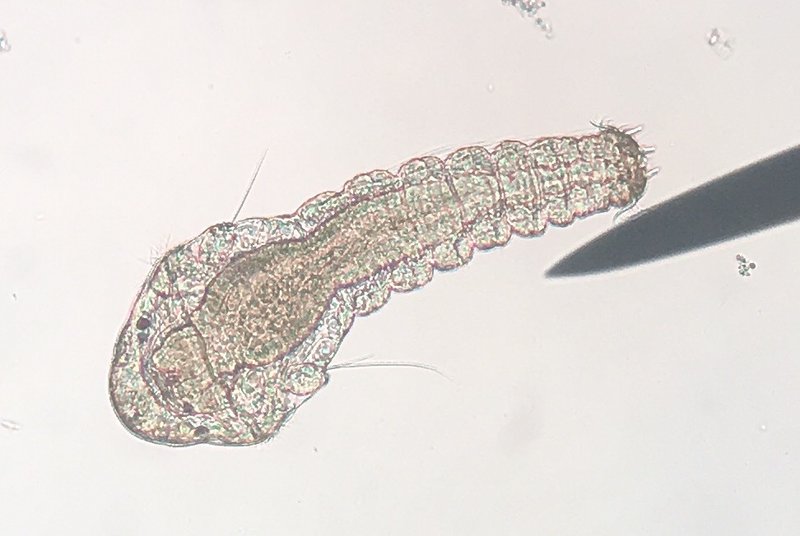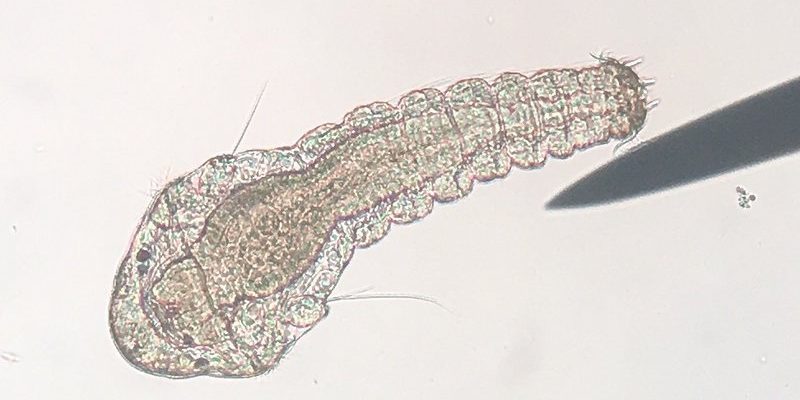
Imagine a disco party beneath the sea, where brightly colored worms sway and wiggle as they come together to mate. This isn’t just a whimsical notion; it’s pretty close to what happens during polychaete reproduction. Let’s dive deeper into their unique mating rituals, the production of eggs, and the journey of their larvae. You might be surprised by how intricate and astounding these processes are!
The Basics of Marine Polychaetes
Marine polychaetes belong to the class *Polychaeta*, which is part of the phylum *Annelida*. This means they are segmented worms, similar to earthworms but adapted to life in the ocean. They boast a wide variety of forms, sizes, and colors. You can find them in both shallow coastal waters and deep-sea environments.
These creatures play a crucial role in the marine ecosystem. They help break down organic material and create habitats for other marine life. But what’s most interesting about polychaetes is their unique approach to reproduction, which can vary greatly among different species.
Some polychaetes are hermaphroditic, meaning they have both male and female reproductive organs. Others, however, are strictly male or female. This diversity leads to different mating behaviors and reproductive strategies, which we’ll explore in detail.
How Marine Polychaetes Mate
When it comes to mating, marine polychaetes engage in some fascinating behaviors. Most species reproduce during specific seasons, often timed with environmental cues like water temperature or the lunar cycle. You might find them coming together in large groups, almost like a social event.
During this spectacle, males and females often engage in a mating dance that can include intricate movements. For some species, this dance helps stimulate each other and prepares them for reproduction. The males may even produce pheromones to attract females, adding a touch of romance to the underwater scene.
Once the right partner is found, the actual mating process can vary. In some species, they can be quite aggressive, with males holding onto females tightly. In others, the process is much gentler, with cooperation in swapping sperm.
The Journey of Polychaete Eggs
After successful mating, the next step in polychaete reproduction involves egg production. Depending on the species, females can release a massive number of eggs into the water. For example, a single female polychaete can produce hundreds of thousands of eggs at once. This might sound overwhelming, but in the vast ocean, it’s a crucial survival strategy.
The eggs are often fertilized externally, which means that once released, the eggs will combine with sperm in the water. This is where it gets interesting—many polychaetes produce specialized egg masses or cocoons to protect their developing embryos. These masses can be gelatinous or sticky, ensuring that the eggs stay close together, enhancing the chances of survival.
You might be wondering, why so many eggs? Well, the ocean is a challenging place to live. With countless predators lurking around, only a fraction of these eggs will hatch into viable larvae.
The Life Cycle of Polychaete Larvae
Once the eggs hatch, they enter a fascinating developmental stage as larvae. Most polychaetes go through a larval stage known as the *trochophore*, which is quite different from the adult form. These tiny, free-swimming larvae drift through the ocean, often relying on currents for movement. During this stage, they feed on plankton, which helps them grow.
You might find it surprising that even within this larval stage, there’s a lot of change happening. Larvae can also develop specialized structures that help them survive in the open ocean. After some time, they undergo a metamorphosis and settle down to become a juvenile polychaete, ready to make their mark on the ocean floor.
Some species exhibit a fascinating trait called “panmixia,” which means they are not tied to one specific area. Their larval stages can travel great distances before settling, helping disperse their population across various habitats.
Challenges Facing Polychaete Reproduction
Despite their fascinating reproductive strategies, marine polychaetes face numerous challenges. Changes in the environment, such as rising temperatures and pollution, can impact their habitats and reproductive success. You might be curious about how this affects their populations.
For instance, if water temperatures rise, it might affect the timing of their mating events or the development of their larvae. Additionally, pollution can lead to higher mortality rates in their eggs and larvae. Without the right conditions, these intricate reproduction processes can fail, leading to population declines.
It’s crucial to monitor and protect marine ecosystems to support polychaete reproduction and, by extension, maintain a healthy ocean environment.
Marine polychaete reproduction is a vivid example of nature’s complexity and resilience. From their elaborate mating rituals to the journey of their eggs and larvae, these creatures play a significant role in the ocean ecosystem. Understanding these processes not only fascinates us but also highlights the importance of protecting marine habitats.
Every bit of knowledge about polychaetes enriches our understanding of marine life. As we learn more, we can better appreciate and protect these essential creatures that help support the health of our oceans. So next time you’re at the beach, take a moment to think about the vibrant world hidden beneath the surface—especially the amazing polychaetes working hard to keep it all in balance!

